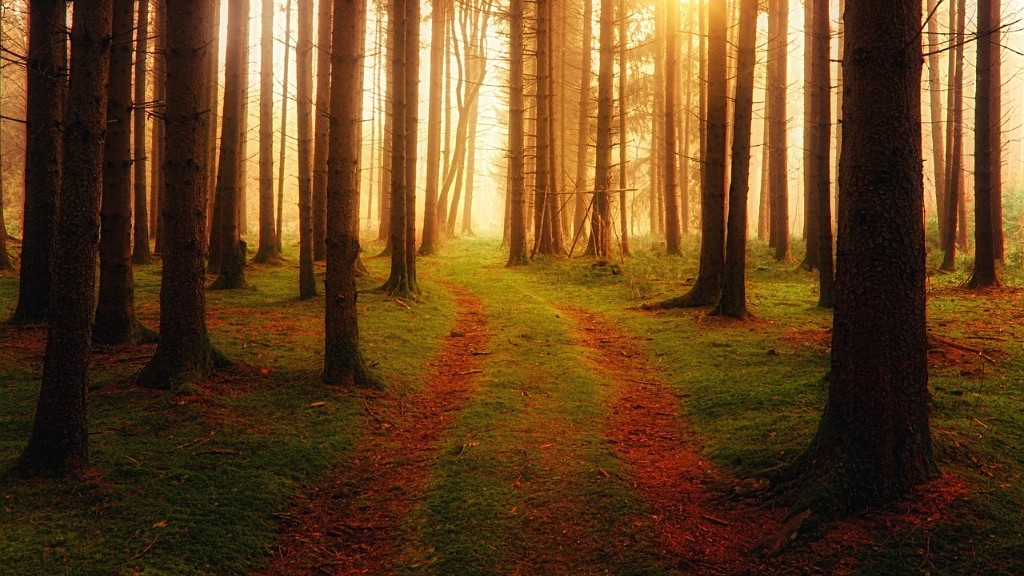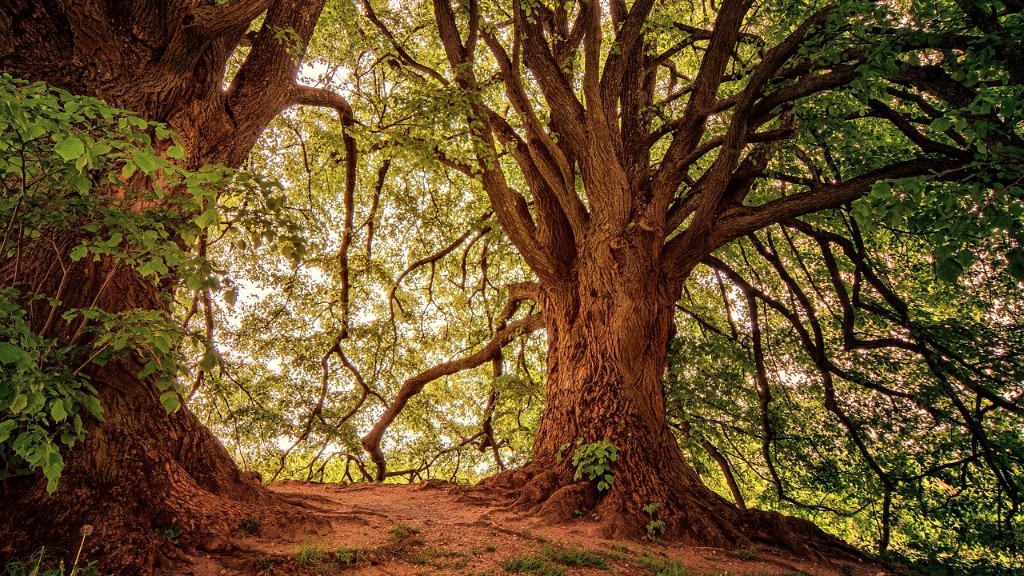
The Battle of the Black Forest was a significant event during World War II that took place in southwestern Germany. It occurred as part of the larger Allied offensive known as the Western Allied invasion of Germany. The battle was fought in the heavily forested region known as the Black Forest, which provided challenging terrain for both sides.
The Black Forest, located in the state of Baden-Württemberg, was a crucial defensive position for the German forces. It offered natural protection and cover from air and ground attacks, making it a formidable stronghold. The Allies recognized the strategic importance of the Black Forest and aimed to capture it as part of their push to defeat Nazi Germany.
The battle began in early April 1945, as the Allies advanced further into Germany. The initial objective was to secure the eastern part of the Black Forest, which posed a significant obstacle due to its dense vegetation and rugged landscape. The German forces, well aware of the importance of the Black Forest, fiercely defended their positions.
One of the defining features of the battle was the extensive use of artillery and air support by both sides. The Allies employed heavy bombardments to soften the German defenses and pave the way for their ground troops. The Germans, on the other hand, utilized their well-established fortifications and anti-aircraft guns to fend off the Allied attacks.
As the battle progressed, the Allies faced numerous difficulties in navigating through the dense forest. The lack of clear roads and the rugged terrain slowed down their advance, while the Germans took advantage of their familiarity with the area to launch counterattacks. The battle became a grueling and intense struggle, with both sides sustaining heavy casualties.
On April 18, 1945, the Allies finally managed to break through the German defenses and gain control over the Black Forest. The German forces, already weakened by the ongoing Allied offensive, were unable to hold their positions any longer. The capture of the Black Forest was a significant blow to the German war effort and further contributed to the collapse of their defenses.
Experts agree that the Battle of the Black Forest played a pivotal role in hastening the end of World War II in Europe. The capture of the Black Forest allowed the Allies to secure a crucial logistical and strategic advantage. It provided a launching pad for further offensives and ultimately contributed to the surrender of German forces.
Impact on German morale
The Battle of the Black Forest had a profound effect on German morale during the closing stages of World War II. The German forces had long regarded the Black Forest as an impenetrable natural fortress, and its capture shattered the myth of invincibility surrounding it.
The loss of the Black Forest served as a demoralizing blow to the German troops, further eroding their fighting spirit. It marked a significant turning point in the war, as it became evident that the Allies were capable of breaking through even the most formidable defenses.
Moreover, the capture of the Black Forest showcased the Allied superiority in terms of firepower, strategy, and resources. This realization further diminished the German soldiers’ faith in their ability to resist the advancing Allied forces.
Legacy and commemoration
The Battle of the Black Forest is commemorated today as a symbol of the sacrifices made during World War II. Memorials and monuments dot the landscape, serving as reminders of the fierce fighting that took place in the region.
The battle continues to be studied by military historians and serves as a case study for understanding the challenges posed by heavily forested terrain. The lessons learned from the battle have influenced military tactics and strategies in subsequent conflicts.
Environmental impact
The Battle of the Black Forest had a significant environmental impact, particularly in terms of deforestation and destruction of natural habitats. The heavy artillery barrages and intense fighting led to the clearing of large sections of the forest, leaving behind scars that are still visible today.
Efforts have been made to restore and preserve the natural ecosystems in the Black Forest, but the battle’s legacy continues to be reflected in the altered landscape. It serves as a somber reminder of the toll that war takes on the environment.
Lessons learned
The Battle of the Black Forest highlighted the importance of adaptability and innovation in warfare. Both sides were forced to develop new tactics and strategies to navigate the challenging terrain and overcome the natural obstacles.
The battle also underscored the significance of logistics and supply lines in sustaining military operations. The lack of well-established roads in the Black Forest hindered the Allied advance, serving as a reminder of the crucial role infrastructure plays in modern warfare.
Furthermore, the battle demonstrated the effectiveness of combined arms operations, with artillery, air support, and ground forces working in coordination to achieve victory. This integrated approach remains a fundamental principle of modern military doctrine.
In conclusion, the Battle of the Black Forest was a pivotal event during World War II that had lasting implications on the outcome of the war. It showcased the tenacity and determination of the Allied forces, while also highlighting the challenges posed by the heavily forested terrain. The battle serves as a reminder of the sacrifices made by both sides and the profound impact war has on both humans and the environment.




